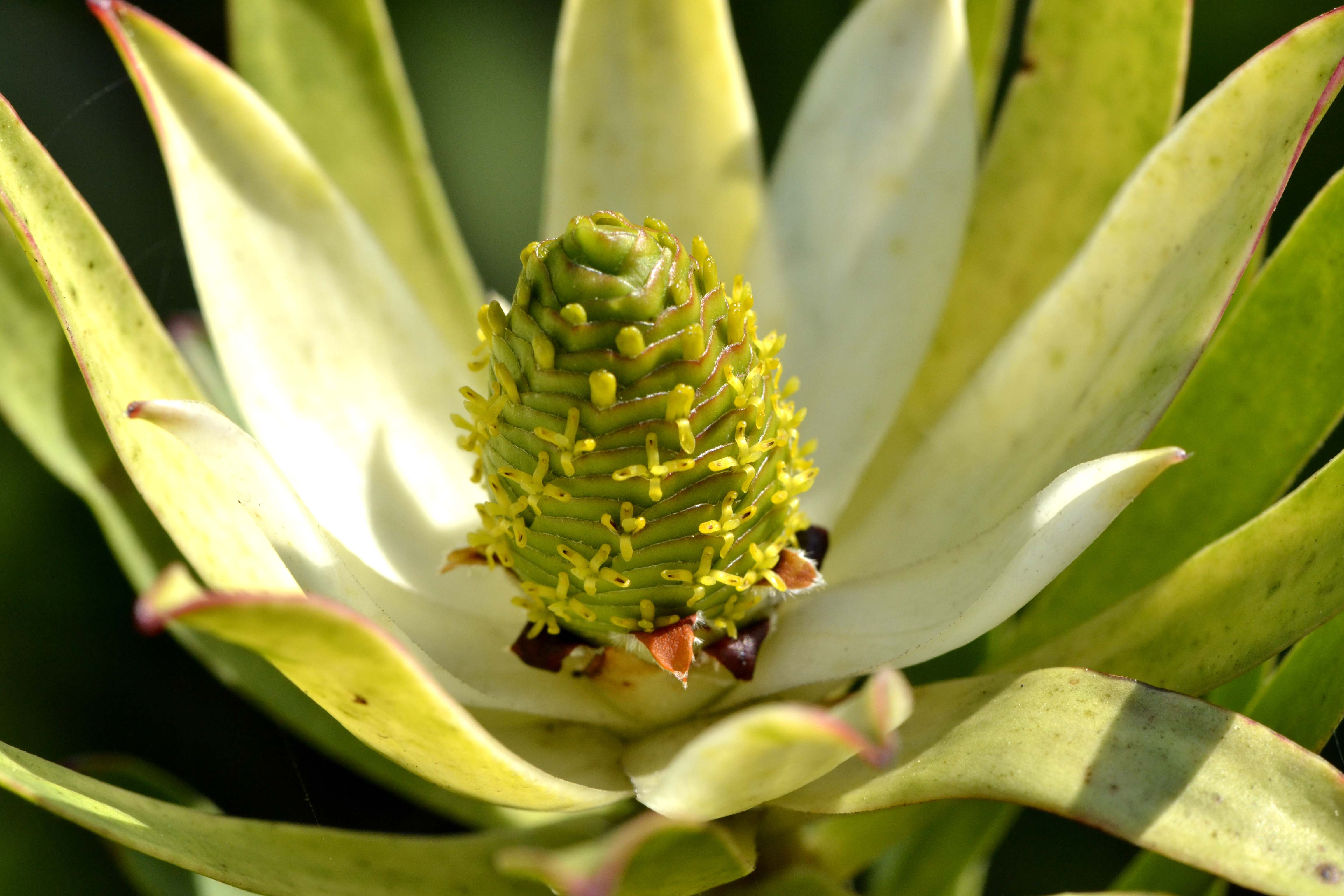ENVIRONMENT - Fynbos, a unique and diverse vegetation of the Cape Floristic region of South Africa, is renowned for its vibrant floral displays.
However, this beauty belies a delicate balance, intricately woven with the rhythm of fire.
Many fynbos plants, like those in the protea, erica, and restio (Cape reeds) families, require smoke treatment for their seeds to germinate.
Smoke contains chemical compounds that break seed dormancy, allowing these plants to regenerate after a fire and ensure the continuation of their species.
This was not always common knowledge though.
Where there's fire there's smoke
For decades, the prevailing scientific understanding held that heat from fire was instead the primary trigger for seed germination in many fynbos species.
This dogma, however, was dramatically challenged by a chance observation during a controlled burn in the Cape of Good Hope Nature Reserve in 1989.
Hannes de Lange, a young researcher with the then National Botanical Institute (currently the South African National Biodiversity Institute, or SANBI for short), was tasked with documenting the effects of the fire on a threatened fynbos species, Audouinia capitata (also known as False Heath).
While the intense heat and roaring flames were certainly impressive, it was the pervasive smoke that captivated de Lange, and he couldn't shake the feeling that this almost invisible force might be more significant than the heat itself.
De Lange's intuition proved remarkably accurate.
Careful measurements revealed that while soil temperatures did rise significantly during the fire, the increase was relatively modest and comparable to that experienced during a typical sunny day.
Furthermore, he observed no consistent relationship between soil temperature and subsequent seed germination rates.
These findings, initially met with scepticism, began to unravel the long-held assumptions about fire's role in fynbos regeneration.
Intrigued by this unexpected observation, de Lange conducted further experiments. He generated smoke from burning fynbos vegetation and directed it towards Audouinia capitata seeds.
The results were astonishing: a dramatic increase in germination rates compared to untreated seeds. This groundbreaking discovery, published in 1993, marked a turning point not only in fynbos ecology research, but smoke-treatment of seeds in general.
Subsequent studies confirmed the stimulatory effects of smoke on a wide range of fynbos species, including many members of the restio family, a notoriously difficult group to propagate from seed. This discovery had profound implications for fynbos conservation and restoration efforts, offering a powerful tool for propagating endangered species and restoring fire-dependent ecosystems.
 Species in the Protea family, such as the Common Spear-leaf Conebush (Leucadendron spissifolium), rely on fire and smoke for their offspring’s survival and persistence. Photo: Jan-Hendrik Keet.
Species in the Protea family, such as the Common Spear-leaf Conebush (Leucadendron spissifolium), rely on fire and smoke for their offspring’s survival and persistence. Photo: Jan-Hendrik Keet.
More research
The quest to understand the underlying mechanisms behind this phenomenon led to intensive research efforts. Scientists at the University of KwaZulu-Natal embarked on a journey to isolate the active compounds within smoke that triggered seed germination. This proved to be a complex undertaking, as smoke is a complex mixture of thousands of compounds.
Through meticulous experimentation, they successfully identified the primary germination-promoting compound, a butenolide now known as karrikinolide (KAR1).
The discovery of KAR1 opened new research avenues.
Scientists explored its effects on a wide range of plant species, demonstrating its ability to enhance seed germination and seedling vigour in various agricultural crops, including rice, maize, and tomatoes.
Building upon these discoveries, researchers developed practical applications for this newfound knowledge.
The Kirstenbosch National Botanical Garden, recognising the challenges faced by horticulturists in propagating fynbos species, developed so-called “instant smoke”.
This innovative solution involves impregnating absorbent paper with fynbos-smoke-saturated water, allowing growers to conveniently treat seeds without the need for open fires or specialised equipment.
Stay curious
The story of smoke-induced seed germination serves as a powerful reminder of the importance of careful observation, critical thinking, and a willingness to challenge established paradigms.
De Lange's initial curiosity, coupled with his meticulous observations, led to a scientific breakthrough that revolutionised our understanding of fire ecology and its implications for plant conservation and agriculture.
In an era of just-so-stories, fake news, and TikTok memes supposedly packed with life advice, reflecting back on this important discovery underscores the vital role of empirical evidence and meticulous experimentation in truly advancing scientific knowledge and addressing global challenges.
The author of the article is Dr Jan-Hendrik Keet, director and principal consultant at EcoFloristix. He is a registered Professional Natural Scientist (Pr.Sci.Nat) with a PhD in Botany from Stellenbosch University. Floristics is the scientific study of plant diversity across a geographic region. Learn more at www.ecofloristix.co.za
‘We bring you the latest Garden Route, Hessequa, Karoo news’
















